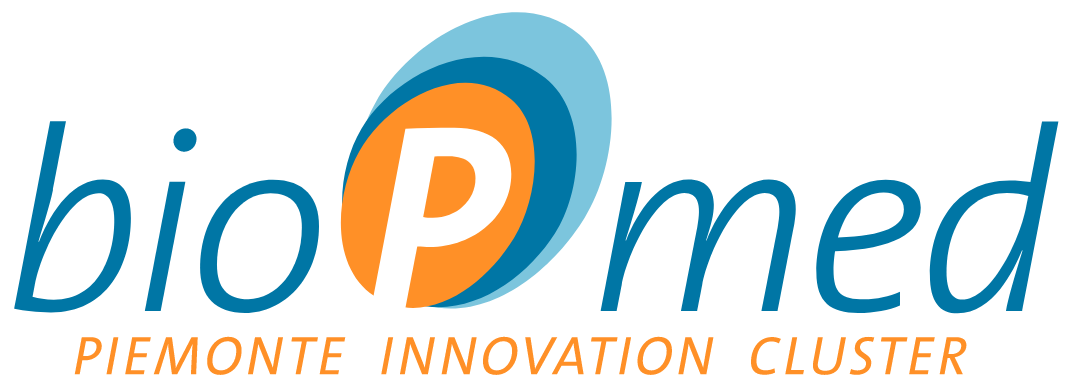Details
Project title: Prevention and treatment of infection in hernioplasty, urological/urogynecological surgery and wound care
Acronym: PREVI
Coordinator: Roberta Lamberti, Herniamesh S.r.l
TP/LS membership: TecnInn/HMNA2
Subjects involved: Herniamesh, Environment Park, Institute of Ceramic Materials Science and Technology
Status: Completed
Abstract: PREVI is about the design of a surgical network that has antibacterial properties that can prevent post-operative infections and/or treat infections already present in the surgical site. The surface functionalization technique involves the use of a cold plasma with the help of an inter-layer of bioabsorbable polymer in which to disperse the antibacterial.
Contact for further information:
Name: Roberta Lamberti
Organization: Herniamesh S.r.l.
Address: Via Fratelli meliga 1/C , Chivasso (TO)
Phone: 011.9196236
E-mail: r.lamberti@herniamesh.it
Web: www.herniamesh.com
THE PROBLEM ADDRESSED
When a major infection is detected after implantation of a surgical device, pain, prolonged stay in healthcare facilities, the need to remove the device to prevent the infection from spreading further and, in severe cases, mortality are the possible consequences. In cases like these, inconveniences and costs are therefore at least duplicated.
In particular considering urological/urogynecological surgery, the chances of infection are further aggravated not only by the anatomical site already more susceptible to bacterial colonization, but also by the different endourological procedures that are normally carried out in the pre-surgical phase, such as catheterization and cystoscopy, and that certainly increase the probability of bacterial transmission [Sawai et al., Risk Factors for Surgical Site Infection (SSI) afterUrological Surgery: Incisional and Deep-organ/space Experience at Anjo Hospital J Rural Med 2009; 4(2): 59.63]. The reported cases of post-operative infection are up to 8% [Falagas, “Mesh-related infections after pelvic organ prolapse repair surgery”, European Journal of Obstetrics & Gynecology and Reproductive Biology Vol134, Issue 2, October 2007, Pages 147-156].
It is therefore necessary and possible to treat superficially surgical networks for hernoplasty or urological/urogynecological surgery or wound care, with one or more antibiotics with synergistic and broad-spectrum action.
THE ACTIVITIES CARRIED OUT
The activities carried out were as follows:
- Choice of surgical nets for treatment
- Selection of antibiotic agents with which to treat networks
- Selection of bioabsorbable polymer to disperse antibiotic agents
- Treatment of cold plasma networks
- Chemical-physical characterization of cold plasma treated networks
- Mesh coating with polymer and antibiotic
- In EtO sterilization of treated and coated nets
- Chemical-physical and mechanical characterization treated and coated nets
- Preliminary kinetic evaluation of antibiotic release
- Process optimization treatment/coating (with agent change
antibiotics) - In EtO sterilization of treated and coated nets with optimized processes
- Chemical-physical characterization and mechanical networks obtained with optimized processes
- Test of biocompatibility
- Bacterial cytotoxicity test (for each different antibiotic formulation tested)
- Kinetic study of antibiotic release and dispersant polymer
- Stability test (accelerated aging)
RESULTS ACHIEVED AND EXPLOITATION OF THE RESULTS
The biocompatibility and antibacterial potential of the surgical network treated and coated with antibiotic agent has been proven by the tests carried out. The release kinetics reflects the project inputs and the stability of the network to define its shelf life is still being studied. What still needs to be defined is the repeatability of coating processes, which have sometimes proved erratic during the project.
The exploitation of the results will consist in the transition from the prototyping phase to the industrialization phase and subsequent placing on the market, obviously after obtaining the CE marking. At the same time, activities will be carried out to protect intellectual property.
PROJECT NUMBERS
- Other Private Partners: Clean NT.Lab di Environment Park
- Other Public Partners: IMAMOTER-CNR already ISTEC-CNR
- Total number of partners: 3
- Number of dependent researchers (fixed and indefinite time and cocopro) involved: 8
- Duration in months: 33
- Total budget 346.763,11 €
- Funding 177.692,64 €
- Number of scientific publications: 2 + 1 being published
- Number of presentations at conferences and seminars: 2
